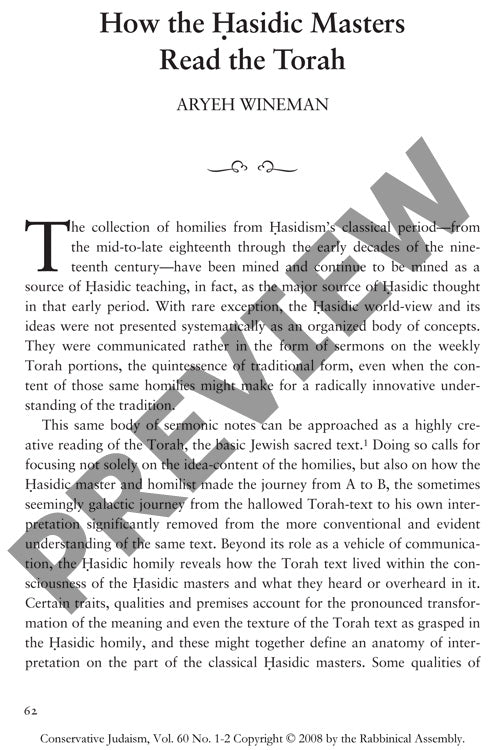How the Hasidic Masters Read the Torah
Couldn't load pickup availability
Hasidic masters of the classical period (1750-1825) revolutionized Torah interpretation through a radical shift from conventional exegesis to deeply psychological and transcendent readings. Their innovative hermeneutical approach, revealed through careful analysis of homiletic literature, centered on three distinctive characteristics that transformed biblical understanding. Rather than pursuing systematic theological exposition, these teachers developed a sermonic methodology that prioritized penimi'ut (inner dimension), recasting external biblical narratives as maps of the individual's internal spiritual landscape. They systematically dissolved temporal and contextual boundaries, elevating historical events into archetypal experiences that spoke to all persons across time. Most significantly, they conceptualized the revealed Torah as merely a "garment" (malbush) clothing a higher, sublime, primordial Torah beyond physical reality. Through examination of these interpretive strategies, this research demonstrates how Hasidic hermeneutics offers a potential bridge between modern historical-critical biblical scholarship and traditional Jewish interpretation, suggesting that concrete Torah represents infinite divine wisdom translated into historically bounded expression. This framework illuminates broader questions of how mystical traditions navigate between authoritative sacred texts and innovative spiritual interpretation.

More Information
-
Physical Description
-
Publication Information
Published 2007-2008
ISBN
-
Publication Credits
Aryeh Wineman

